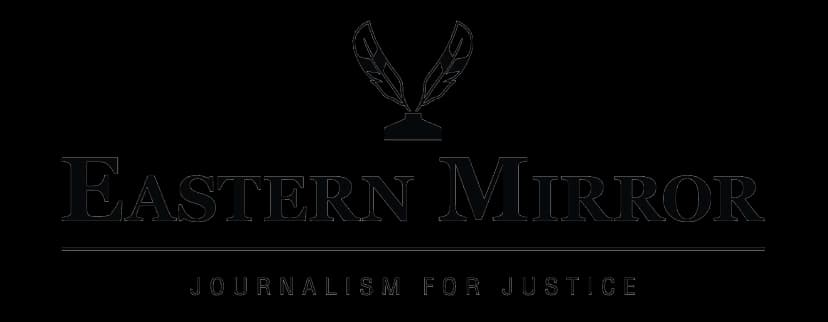MONDAY, NOVEMBER 17, 2025
- Home
- USFK commander underscores 'strategic triangle' linking South Korea, Japan, Philippines in 'east-up'
USFK commander underscores 'strategic triangle' linking South Korea, Japan, Philippines in 'east-up'
The USFK said three American allies in the Indo-Pacific -- South Korea, Japan and the Philippines -- can be grouped as a "strategic triangle"
Share
SEOUL — The chief of the US Forces Korea (USFK) said Monday three American allies in the Indo-Pacific -- South Korea, Japan and the Philippines -- can be grouped as a "strategic triangle" for regional security cooperation, citing their geographic values in the "east-up" map.
General Xavier Brunson made the remarks, in reference to a map that puts the east at the top rather than standard north-up mapping, amid Washington's renewed calls for its allies to do more for "collective defence" and increasing emphasis on "strategic flexibility" amid an intensifying Sino-US rivalry, Yonhap News Agency reported.
Unlike conventional mapping, which places North Korea and Russia north of South Korea, the east-up mapping tends to visually highlight areas south of the Korean Peninsula, including countries such as Taiwan and the Philippines.
"Perhaps the most significant insight from east-up mapping is the emergence of a strategic triangle connecting Korea, Japan and the Philippines," Brunson said in an article carried on the USFK website.
"When these three mutual defence treaty partners are viewed as vertices of a triangle rather than isolated bilateral relationships, their collective potential becomes clear," he said.
When asked about the advantage of such a framework compared with existing bilateral alliance structures, Brunson stressed it is "not about forming a new alliance" but finding practical ways to coordinate based on geographic ties.
"That geometry strengthens the collective ability to preserve stability across the region while reinforcing the enduring mission that begins here on the peninsula; the credible combined deterrence that keeps aggression, particularly from the North, in check," he said in a separate written response.
By country, he mentioned how the three countries are each equipped with unique capabilities -- Korea's central depth, Japan's technological advantage and maritime reach, and the Philippines' access to key southern sea lanes.
Extending on such an analysis, the USFK commander reiterated how the strategic positioning of South Korea can help overcome the limitations that come from the geographic distance of the broader Indo-Pacific region.
"This shift in perspective illuminates Korea's role as a natural strategic pivot," he said, noting how the USFK headquarters in Camp Humphreys is located about 160 miles from Pyongyang, 610 miles from Beijing and 500 miles from Vladivostok.
"Korea is positioned to address northern threats from Russia while simultaneously providing western reach against Chinese activities in the waters between Korea and China."
"Forces already positioned on the Korean Peninsula are revealed not as distant assets requiring reinforcement, but as troops already positioned inside the bubble perimeter that the US would need to penetrate in the event of crisis or contingency."
The issue of strategic flexibility and whether the role of the 28,500-strong USFK could be adjusted has been an issue surrounding the decades-long South Korea-US alliance as the allies seek to "modernise" it in a changing security environment, defined by China's increasing assertiveness and deepening military alignment between North Korea and Russia.
In a press conference following their bilateral security talks earlier this month, US Defence Secretary Pete Hegseth said "flexibility for regional contingencies is something we would take a look at," when asked about the possibility of the USFK being deployed in the event of a contingency in the Taiwan Strait.
Against such a backdrop, Brunson called flexibility "the currency of readiness" that ensures credible and responsive deterrence in a changing environment.
"It is not about shifting focus away from Korea; it is about recognising that the deterrence we maintain here extends outward to sustain peace across the Indo-Pacific," he said of the mapping framework, saying it clarifies the peninsula's "central" role within the broader theatre.
North Korea has condemned the east-up map as a "map for invasion." In a state media report in July, the North said the map "intensively shows the US attempt to invade Asia."

